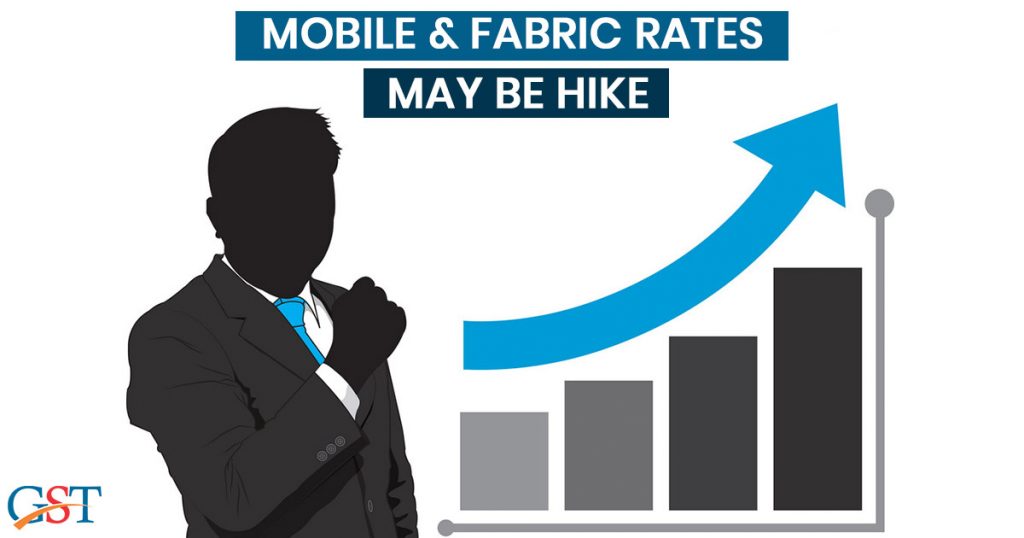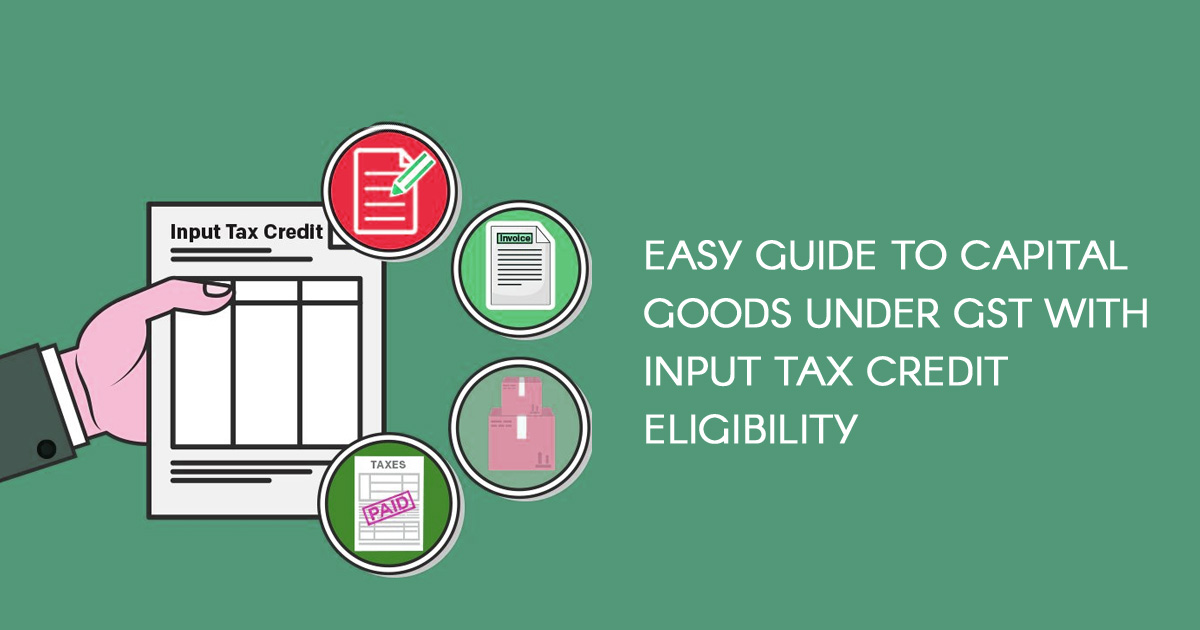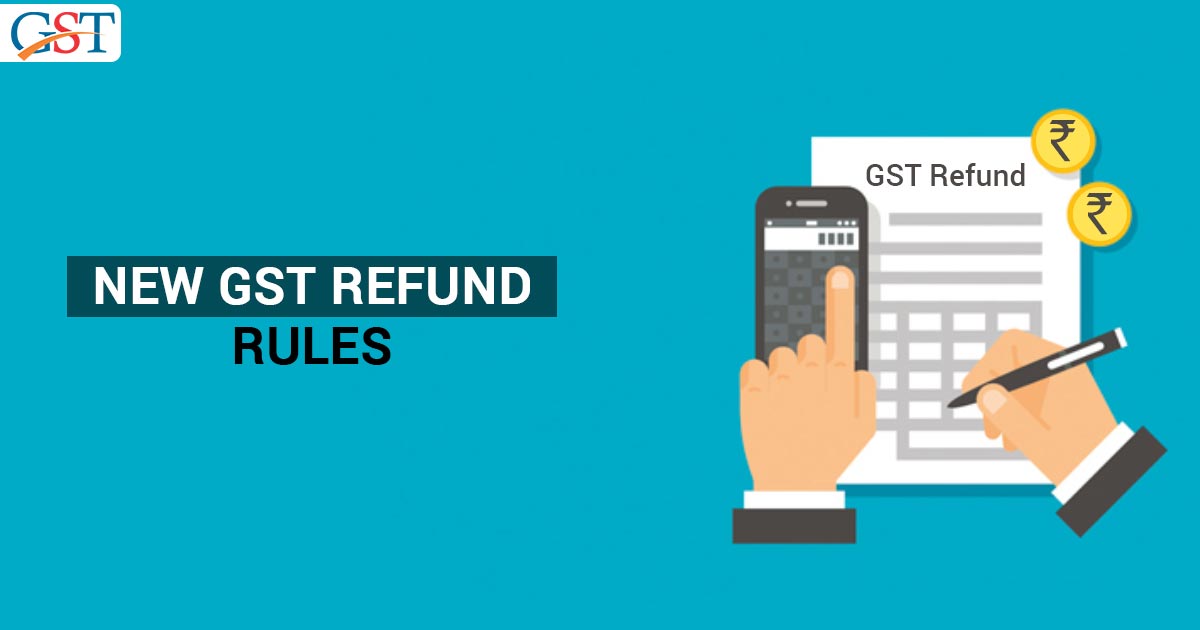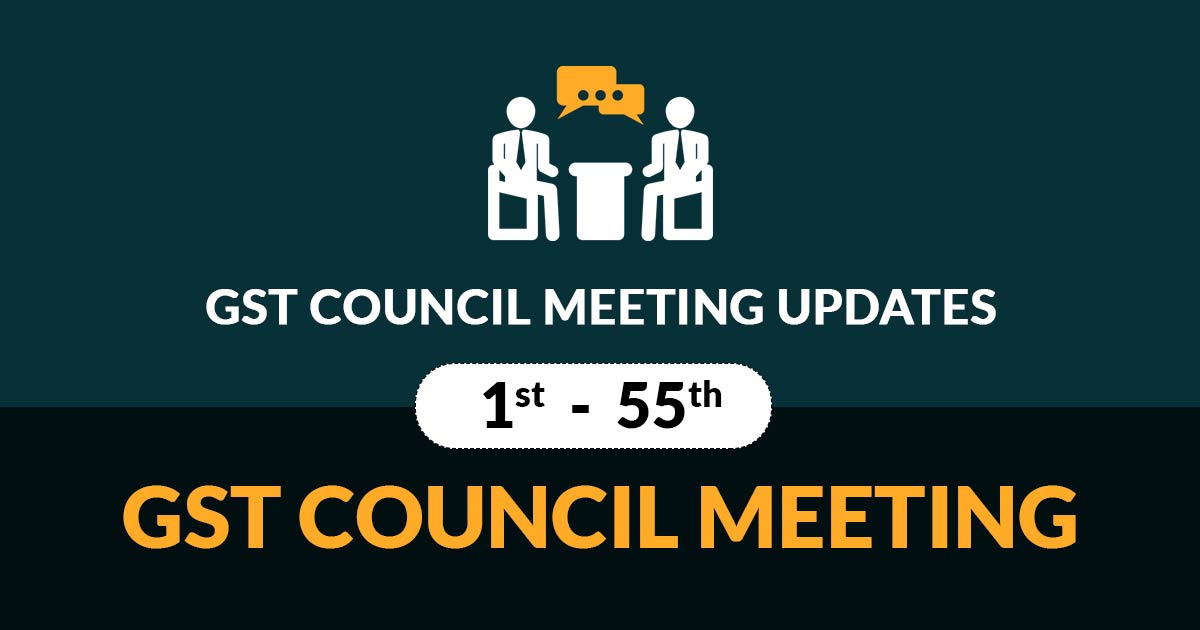
It is highly anticipated from the market experts that the GST council will increase the tax on mobile phones and fabric in the upcoming week. This action is likely to be taken from the government end in order to boost the revenue collection as well as correct the inverted tax structure. Presently, 12% GST is applied on mobile phones whereas mobile phone components attract a higher GST of 18%.
Other items that have recently seen an inverted duty structure include shoes, tractors, fabric bags, etc. The higher tax rate on inputs rather than final products is also causing a huge input tax credit 
For mobile phones, the manufacturers were able to claim a refund of approximately INR 4,100 crore last year. A government official said that mobile phones and fabric are likely to see an amendment in the GST rate applicable to them. The huge refund outgo for mobile phones arising due to an inverted tax structure is the primary reason for the change in GST rates for mobile phones. 
Due to present GST structure applied on mobile phones, a registered taxpayer can easily claim a refund for unclaimed ITC, basis higher input tax and lower tax applicability on output.
Similarly, in the case of fabrics, the GST rate of 5% gets applicable whereas, for different types of manufactured yarns, the tax rate goes up to 12%. Earlier, the government has prohibited yarn manufacturers to claim any ITC refunds 
“The decision to allow ITC refunds in case of fabric was a purely political decision and it should have been allowed at the first place,” one of the tax officials said on this matter.
The GST rate on fabric is likely to go up to 12% from the present rate of 5% in an attempt to improve the present inverted tax structure if all the state finance minister gives their consent on the same. A sub-committee consisting of officers from the centre and some states have also been formed to prepare a list of items part of the inverted tax structure. Some of the examples of products, which are part of the inverted tax structure include shoes and tractor.
Correcting the inverted duty structures in certain sectors or areas on account of multiple rate changes over the past two years is mandatory, as suggested by market experts from Delloite. Changes in output rates were not always toned up with the input rates, he further stated.
Although one of the tax experts at PwC counter this argument by suggesting that increasing the rate on end product may not be a desirable option to resolve the problem of inverted duty structure, considering such items may ve important for the common man and can affect their monthly budgets heavily. Hence, the GST council 
To meet GST shortfall of states, the Centre is seeking suggestions for revenue augmentation in areas where there is a possibility of correcting the inverted tax structure.
To augment revenue, the Centre’s is contemplating on the idea of raising the 5% slab to somewhere around 6 and 8% and keep away with the 12% slab.
Although, there is a high possibility that such a change in GST rates would affect the mass consumption of popular products in certain states. Increasing the GST slab rates Grab the information of revised GST slab rates on consumer products in India, Although the GST council finalized the slab rates like 5%, 12%, 18% and 28%. Read More from 5% to 12% whereas from 12% to 18% is another option that has been discussed by the government officials during the recent meeting.